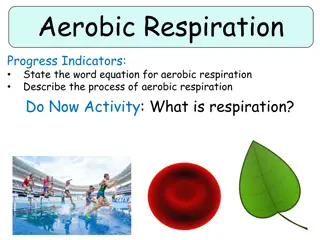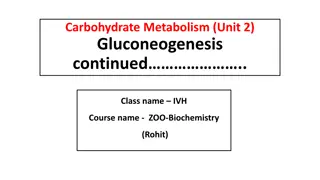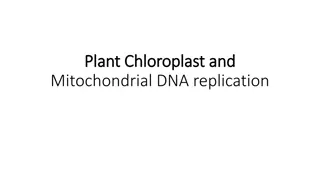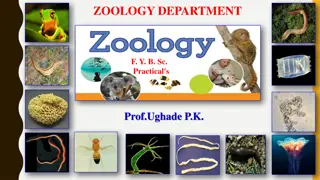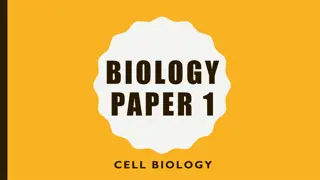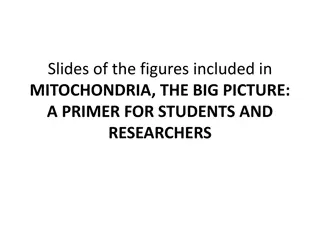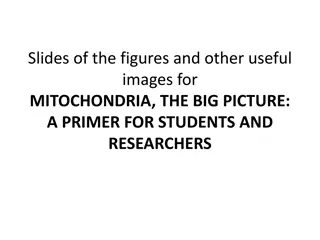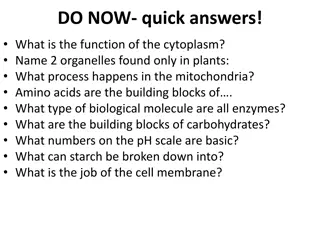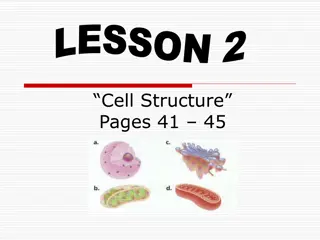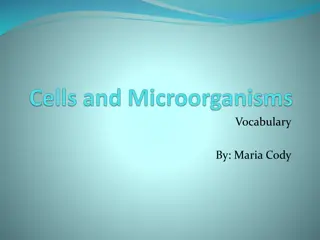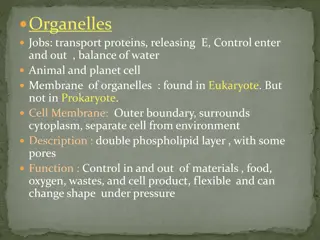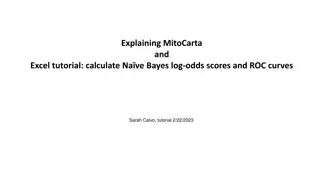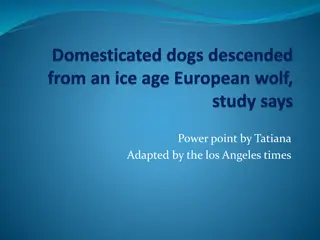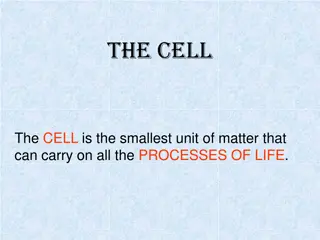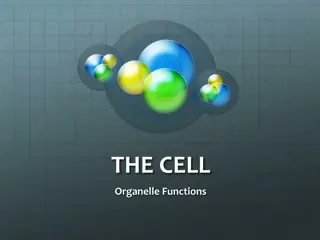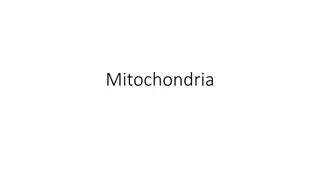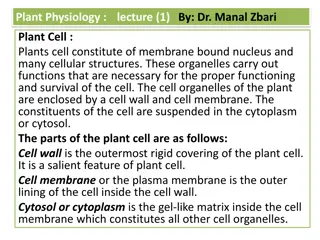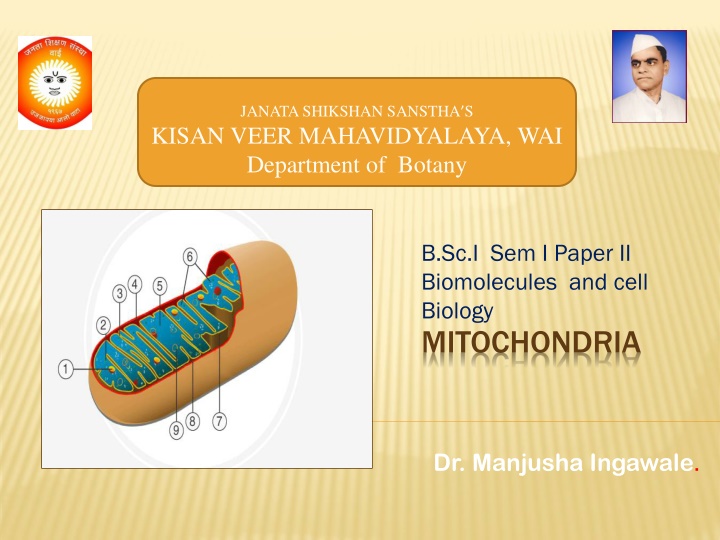
Understanding Mitochondria: The Powerhouse of the Cell
Explore the role of mitochondria in cellular biology, known as the powerhouses of the cell, responsible for energy production through cellular respiration processes. Learn about their structure, functions, and significance in eukaryotic organisms.
Download Presentation

Please find below an Image/Link to download the presentation.
The content on the website is provided AS IS for your information and personal use only. It may not be sold, licensed, or shared on other websites without obtaining consent from the author. If you encounter any issues during the download, it is possible that the publisher has removed the file from their server.
You are allowed to download the files provided on this website for personal or commercial use, subject to the condition that they are used lawfully. All files are the property of their respective owners.
The content on the website is provided AS IS for your information and personal use only. It may not be sold, licensed, or shared on other websites without obtaining consent from the author.
E N D
Presentation Transcript
JANATA SHIKSHAN SANSTHAS KISAN VEER MAHAVIDYALAYA, WAI Department of Botany B.Sc.I Sem I Paper II Biomolecules and cell Biology MITOCHONDRIA Dr. Manjusha Ingawale.
Introduction:- Popularly known as the Powerhouse of the cell, mitochondria (singular: mitochondrion) are a double membrane-bound organelle found in most eukaryotic organisms. They are found inside the cytoplasm and essentially functions as the cell s digestive system. They play a major role in breaking down nutrients and generating energy-rich molecules for the cell. Many of the biochemical reactions involved in cellular respiration take place within the mitochondria. The term mitochondrion is derived from the Greek words mitos and chondrion which means thread and granules- like respectively. It was first described by a German pathologist named Richard Altmann in the year 1890.
Definition Definition bound organelles eukaryotic cells, cells, that (ATP), the the main main energy Mitochondria Mitochondria are cytoplasm cytoplasm of of all triphosphate triphosphate (ATP), cell cell. . are membrane membrane- -bound all eukaryotic organelles present that produces produces adinosine energy molecule molecule used present in in the adinosine used by the by the the
Structure of Mitochondria Structure of Mitochondria
The mitochondrion is a double-membrane, rod-shaped structure found in both plant and animal cell Its size ranges from 0.5 to 1.0 micrometre in diameter. The structure comprises an outer membrane, an inner membrane, and a gel- like material called the matrix. The outer membrane and the inner membrane are made of proteins and phospholipid layers separated by the intermembrane space. The outer membrane covers the surface of the mitochondrion and has a large number of special proteins known as porins. It is freely permeable to ions, nutrient molecules, energy molecules like the ADP and ATP molecules.
Function of Mitochondria: Mitochondria is regarded as the power house of the cell as it is the site of respiration. The general formula for glucose oxidation is, C6H12O6+ 6O2 -> 6CO2+ 6H2O + 686 kcal Glucose is degraded into two pyruvate molecules through glycolysis which occurs in the cell sap (cytosol). Further steps in oxidation of pyruvate take place in the mitochondria. Pyruvate is converted to acetyl-Coenzyme A (acetyl-CoA) which is then metabolised through the Krebs cycle, also called the citric acid cycle or tricarboxylic acid cycle.
In this cycle, energy is liberated and CO2is produced. Some of the released energy is used to produce ATP, while a major part is conserved in the form of reduced coenzymes NADH and FADH2(FAD = flavinadenine dinucleotide). The energy conserved in NADH and FADH2is released by re-oxidizing them into NAD+and FAD, respectively; the energy so obtained is utilized to produce phosphorylation). ATP (oxidative
This process occurs in different steps in a strict sequence called electron transfer chain or respiratory chain located in the cristae. The electrons are finally transferred to oxygen, and H2O is produced at the end of this chain. The carriers of electrons are organized into three complexes, viz., I, III, and IV, and the sequence of electron transfer is as follows. COMPLEX I (NADH > FMN group of NADH dehydrogenase > iron-sulphurcentre > ubiquinone) > COMPLEX III (ubiquinone > cytochrome b > cytochrome c1 > cytochrome C) > COMPLEX IV (cytochrome C > cytochrome a > cytochrome a3) > Oxygen. There is another complex (Complex II) which transfers electrons from succinate (produced by Krebs cycle) to ubiquinone. At last O2is reduced to water, as the following reaction. O2+ 4e + 4H+ > 2H2O In complete oxidation of one glucose molecule, 6 molecules of oxygen are utilized resulting in the production of 6 carbon dioxide and 6 water molecules; in addition, energy is released (see formula 2-3). The maximum number of ATP molecules produced during complete oxidation of one glucose molecule is 36.

